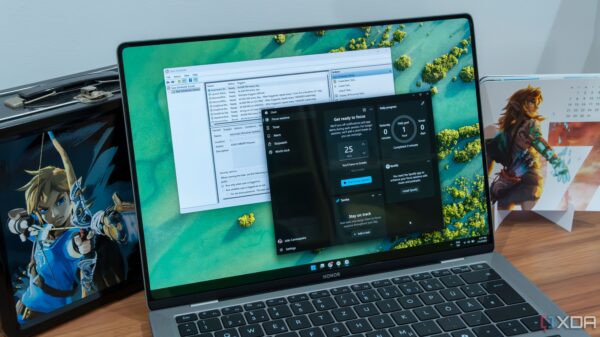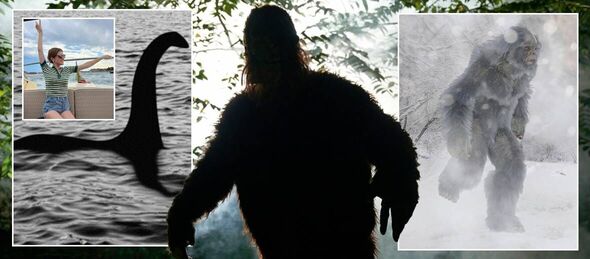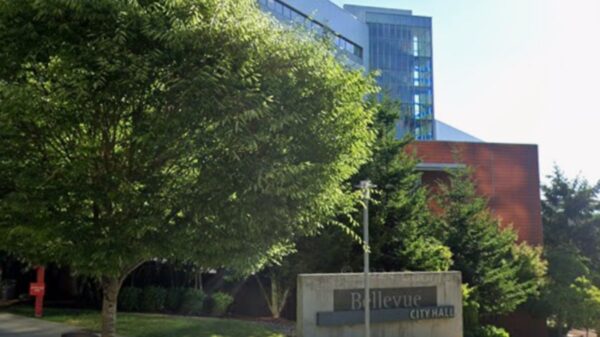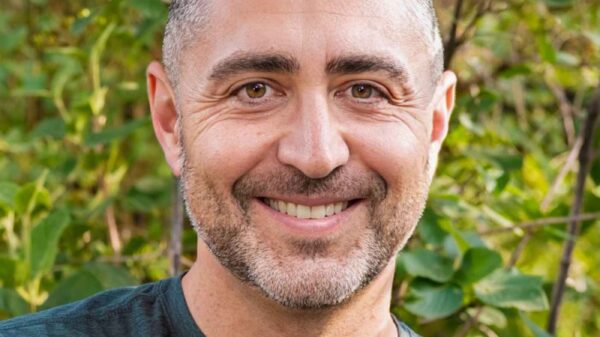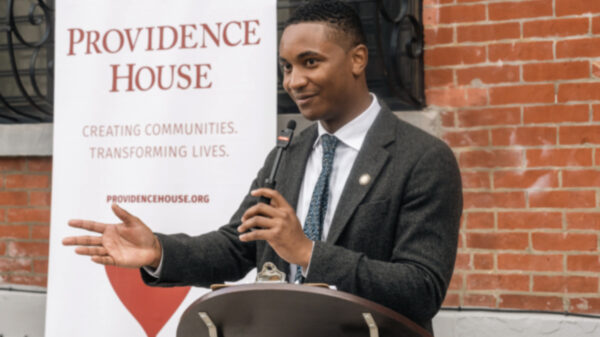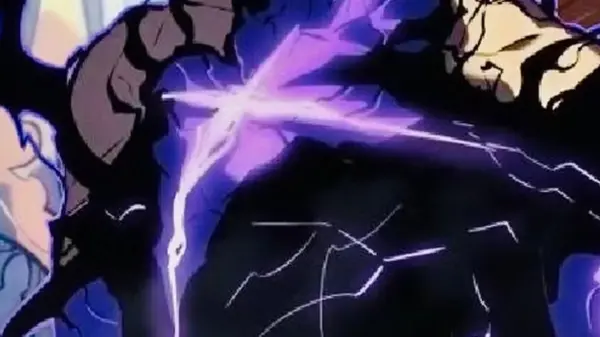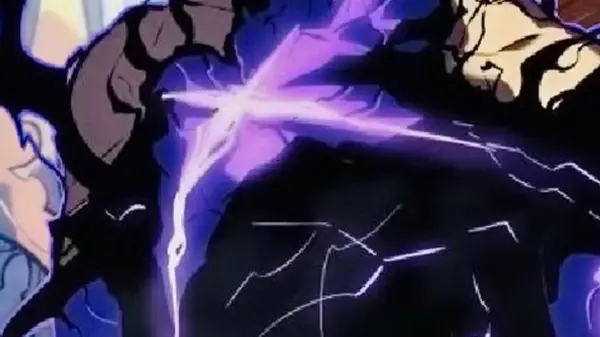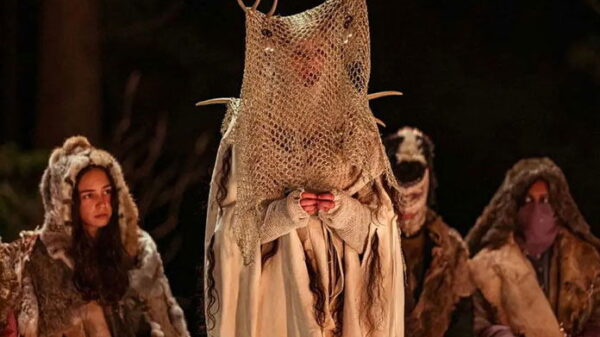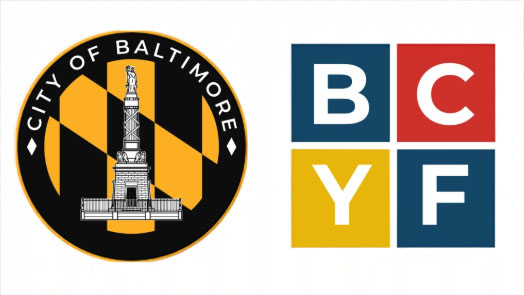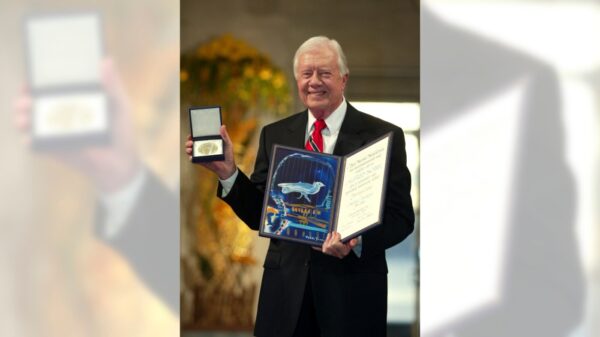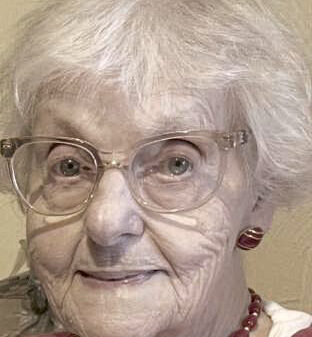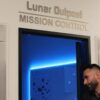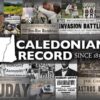Researchers dedicated to uncovering the mysteries of legendary creatures have united to form the World Federation of Legendary Monsters. This unprecedented collaboration brings together experts from various fields, including those focused on the Loch Ness Monster, Sasquatch, and the Yeti, for the first time. Their goal is to share findings and develop new theories about some of the world’s most enduring myths.
The initiative was launched by personnel at the Loch Ness Centre, which aims to approach these legends in a balanced manner. Nagina Ishaq, a representative of the centre, emphasized the need for a global network of expertise. “For decades, Loch Ness has inspired scientists, storytellers, and skeptics alike,” she stated. “Now we are looking beyond the Highlands to build a global network of expertise as we look for new ways to uncover the biggest mysteries.”
In their pursuit, the federation will utilize advanced technology, including state-of-the-art underwater drones, to investigate the Loch Ness Monster and other mythical creatures. The move reflects a growing interest in the scientific examination of folklore and legendary organisms, challenging assumptions while celebrating their cultural significance.
Celebrity Sightings and Historical Claims
This new alliance coincides with recent claims made by Hollywood actress Anna Kendrick. During a visit to Scotland, she asserted that she had a close encounter with the Loch Ness Monster while touring Ardross Castle in Inverness. Kendrick, known for her roles in Pitch Perfect and Trolls, expressed her initial skepticism but stated that her experience changed her perspective.
Adding to the intrigue surrounding Loch Ness, a remarkable claim was made regarding the creature’s potential historical encounters. Research surfaced that suggested the Royal Navy may have encountered the Loch Ness Monster during World War Two. The story emerged when a man discovered letters addressed to his late grandfather, Lewis Tyler, who served on the HMS Ocean Swell. These letters indicated that Tyler had reportedly caught a sea serpent during one of his naval operations, raising questions about the authenticity of such claims.
The grandson, John Gibbens, revealed that these letters were sent by Loch Ness Monster researchers, further fueling interest in the legendary creature’s existence. As the federation moves forward with its mission, it aims to bridge the gap between folklore and scientific inquiry, potentially unlocking secrets that have captivated imaginations for generations.
With scientists and enthusiasts working together, the World Federation of Legendary Monsters could pave the way for new discoveries, proving that the pursuit of knowledge can be both rigorous and imaginative.

